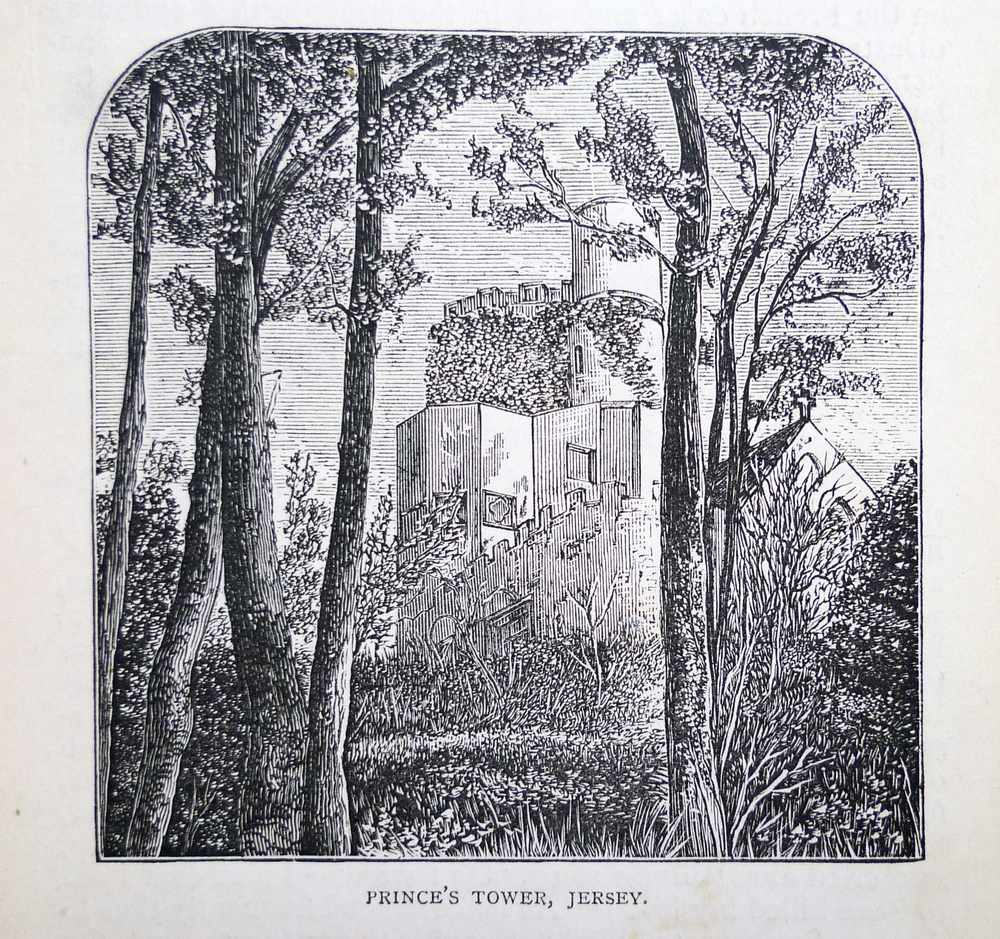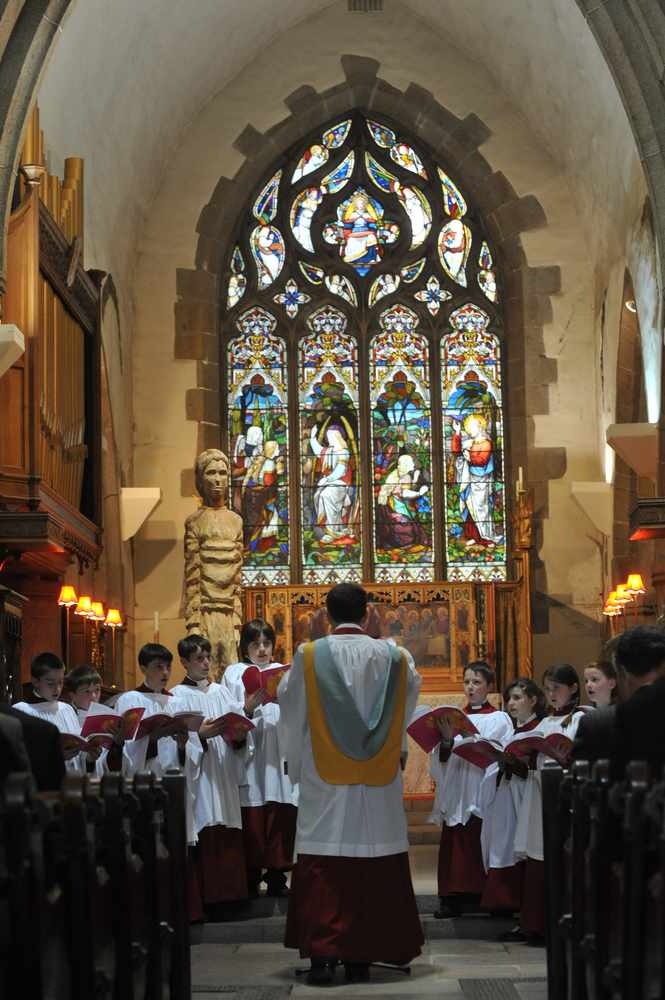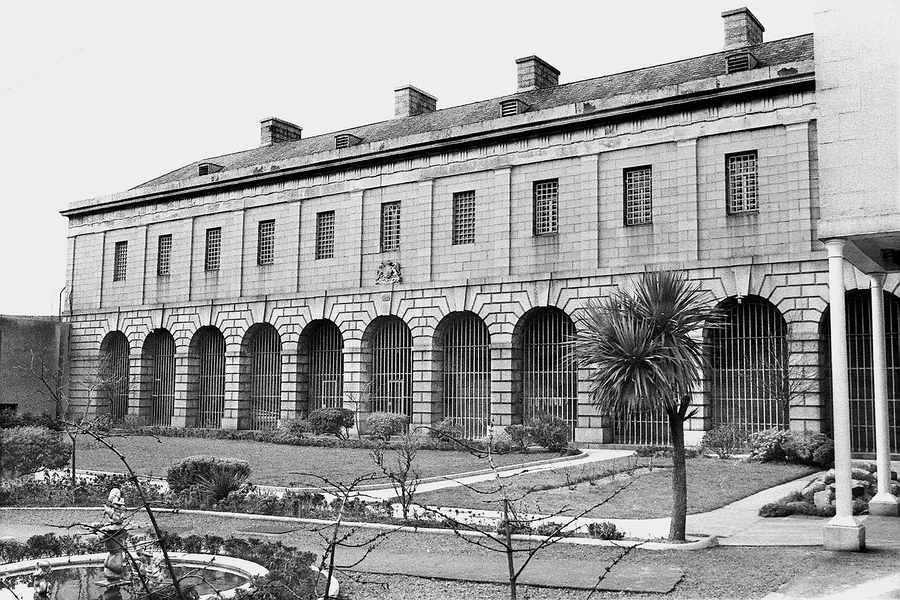Its main job will be to reverse the decline in tourism that has been talked about for so long and help re-invigorate the industry, which had its heyday in the 1950s, 60s and 70s.
But as the Ward and Lock’s Illustrated Guide to, and Popular History of, the Channel Islands shows, Jersey’s popularity as a tourist destination dates back many decades earlier.
Sent to us by a reader and published in the 1880s, the guide – which was one of a number written by the company about various places in the British Isles – describes its aim as being: ‘To increase this appreciation and to furnish the tourist with such information as shall enable him to utilise his time in the islands to the best advantage.’

It goes on to say: ‘That Jersey, Guernsey, and the sister isles are annually becoming objects of greater interest and that the number of visitors to these charming resorts is steadily increasing every season is a fact none will be inclined to dispute. The improved facilities for visiting the Channel Islands and the more general knowledge of the existence within a moderate distance of a beautiful field for tourists, where the most agreeable features of English scenes and foreign haunts might be found united, have had their natural effects; and never have the “happy islands set in the silver sea” been so highly appreciated as now.’
A further section says: ‘Not sufficiently large to possess a river, Jersey is nevertheless well watered by a number of delicious streamlets, running from north to south through valleys whose scenery may vie with that of many vaunted show-placed of Europe.’
As well as providing an insight into the tourism industry at this time it also shows that while some things have changed beyond recognition there are other aspects of daily life that Islanders will certainly recognise.
How to reach the Island
The guide goes into extensive detail about how to get to the Channel Islands from the UK. The principal routes, it says, are via steamers from Southampton and Weymouth, with the first suggested as better for passengers from London and the east and the latter for those travelling from the west and Midlands. Both are, according to the guide, ‘best’.

‘On both of the lines the captains of the boats are experienced, trustworthy seamen, fully conversant with the work they have to do, and going through it with a quiet,
business-like thoroughness, very pleasant and reassuring for a landsman to behold on a rough day,’ it states.
The fares were the same on both routes, which included train travel to the port: single tickets available for four days cost 33s first class, 23s second and 20s third. Return tickets valid for two months, with the option of stopping in Guernsey for a time, cost 48s first class, 38s second and 30s third.
The Island of Jersey and its scenery
From the legend of the Corbière rocks to the story of St Helier and his Hermitage, the list of places to visit – and the guide’s descriptions of them – in some ways are no different to today’s modern guide books. Other places of interest, however, are no longer there – or certainly would not be used to attract tourists today.

The Royal Court
‘An important building, situate on the south of the square, is The Court House, or “cohue” as it is somewhat strangely termed in the native dialect, the word meaning rout, mob, crowd, clamorous multitude,’ says the guide. ‘Here are held the meetings of the States, and the courts, both civil and criminal.’
It goes on to comment on the silver Mace presented to the Island by Charles II, the 350th anniversary of which was celebrated in 2013.
The Parish Church of St Helier
Just as tourists today can be seen admiring the Town Church, 130 years ago it was also an attraction regularly visited.
The guide says: ‘The Parish Church of St Helier, though sufficiently ancient, having been built in 1341, is the most modern of the churches of the 12 parishes into which the island is divided. The rector is the Dean of Jersey and the island is, like Guernsey, attached to the bishopric of Winchester. The church is cruciform in style and has a handsome appearance. It has recently been restored and enlarged.’ Services, the guides add, take place in French on Sundays at 11 am and 7 pm and in English at 3 pm.

Markets
A section on St Helier’s markets provides a fascinating insight into this aspect of life in Jersey in the late 19th century.
‘Immediately behind the Royal Square, in and around Halkett Place, the visitor will find markets at which he may supply himself abundantly, and with very good variety of choice with what a wag calls the four necessary fs – fish, flesh, fowl and fruit – besides a sufficiency of excellent vegetables so that the materials for a capital dinner may be obtained concentrated within a small area,’ says the guide.
‘Besides the “general market” entered from Halkett Place, there are: the pork market, close to the former, the cattle market, in Minden Place, the vegetable market, close by in Beresford Street, the foreign produce market in Cattle Street, and the fish market, also in Cattle Street.’
And, in another similarity to today, the guide also comments on the high prices charged in Jersey. However, back then it would appear that market traders had a cheaper price for locals than for visitors.
‘The days of fabulous cheapness of living in the Channel Islands are past and gone,’ says the guide. ‘There are too many swift steamers, too many opportunities to send the produce of these happy valleys to the markets of England and the native grower can no longer be content with small prices at home when he can do better elsewhere, and thus prices have risen in Jersey and are now little if at all below those asked in London.’
The prison
Today a prison may not be the ideal way to try to attract tourists to a town. But in the 1880s Jersey’s prison at Newgate Street was a point of interest, with the writers of the guide particularly impressed by facilities provided for inmates.
The guide describes the structure as granite-faced, solid-looking and ‘arranged with that regard to the comfort of the inmates which distinguishes many of our English gaols as compared with public asylums and abodes of the non-convicted, to the manifest disadvantage of the latter’.
It adds: ‘Debtors as well as criminals are confined here; and it is good to know that the yard in which these unfortunate “collegians” are allowed to take their very limited “walks abroad” is laid out prettily, garden fashion, in parterres, generally bright with flowers.’

Bathing and swimming
It may sound obvious on reflection, but how many of us have actually realised where Bath Street got its name? The guide provides an insight.
‘Those who want enclosed baths – cold, hot or tepid – will find their requirements well fulfilled at the public baths on the Esplanade, where also a swimming bath is provided; or at Mr Bryant’s, in Bath Street, where both hot and tepid baths can be had; or they may go to the Victoria Sea Baths, at St Clement’s, where hot baths are provided, either of sea or fresh water,’ it says. ‘But the hardier class of bathers are those who understand the term “sea bathing” nothing less than a plunge in the briny ocean itself. These will find at La Collette, in the Havre des Pas, a very good public bathing place, greatly improved by the Jersey Swimming Club.’
St Brelade’s Bay

Minus some language differences, the entry in the guide for St Brelade’s Bay could well have been written in a modern-day tourist book.
‘This beautiful spot is one of the favourite resorts of visitors; and possessing a good hotel, is often chosen as the rendezvous for pleasant parties and social meetings. There could be no more charming place for a picnic. The bay itself is hemmed in by hills rising to towering precipices on the right and left. A large expanse of firm silvery sand invites the pedestrian when the tide is out.’
Other suggestions of where to visit
‘Rocbeq or the Witches’ Rock, Pontac Village and Gardens, Plémont Caves, St Aubin, Portelet, Creux du Vis (Devil’s Hole), Mount Mado Quarries, the Troglodyte Caves, the parish churches, Quenvais – a ‘region of drifted sand’, Martello Towers.






